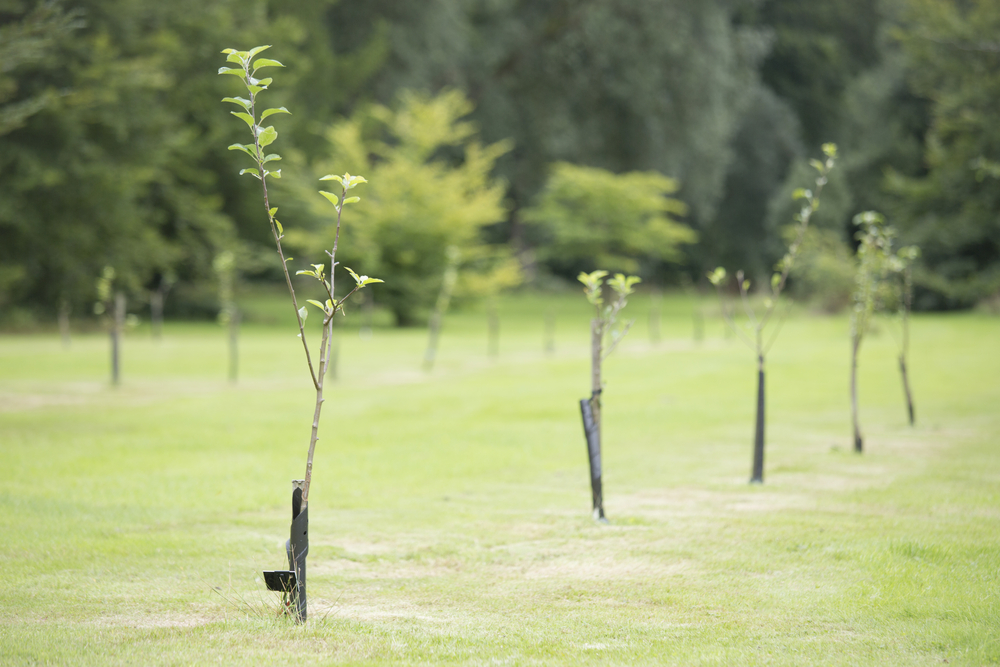
Simple wind turbine move could cut birds of prey deaths
A simple move to paint one of the white blades on a wind turbine black has cut the number of dead birds by 72 per cent.
An experiment by Norwegian scientists found that making the wind farms more visible helped save the lives of thousands of eagles and other birds of prey.
“This is just such an easy way to produce green energy and protect wildlife at the same time,” said Midlands expert Ron Fox.
Experts from the Norwegian Institute for Nature Research carried out a trial on the remote island of Smola west of Trondheim by comparing the number of birds killed by the four painted turbines compared to four neighbouring turbines that remained all white.
Scientists carried out a total of 1,275 searches between 2006 and 2016 with specially trained sniffer dogs to identify any bird carcasses at the bottom of the turbines. For the first seven and a half years the eight wind farms were left white and then for three and a half years four of them had one of their blades painted black.
Previously, eagles and vultures were among the highest number of casualties and to a lesser extent kestrels, snipe and golden plover.
In the study six white tailed eagles, which have an 8ft wing span, were killed in the first seven and a half year, but none in the three and a half years since a black blade was painted.
“These are impressive figures and a small price to pay to protect these majestic bird,” said Ron, of Noreus Ltd on the University of Keele Science and Innovation Park.
“It is particularly relevant to the UK as white-tailed eagles were reintroduced to the Isle of Wight last year and numbers are increasing in Scotland which now has 130 breeding pairs.”
He added: “To put it into context a study in 2014 predicted there could be up to 106,000 bird deaths a year as a result of UK wind turbines.”
Although the birds have extremely high-resolution eyesight the scientists believe in an open airspace the rotating blades appear invisible.
Wind energy is a clean and natural source of fuel produced by onshore wind turbines and offshore turbines, which are typically larger and produce more green energy. They work in the opposite way to a fan. Instead of using electricity to make wind like a fan, turbines use wind to make electricity.
The Norwegian scientists said further test were needed to see whether other colours such as green blades could be used which would be less visible to humans but might be more visible to birds.
However, Renewable UK, which represents wind farm companies said the research was interesting but it was still small-scale and its wider significance was unclear.
But Ron added: “I would encourage the UK Government to ensure more research is carried out and that this simple technology could be brought in as soon as possible. We want to develop our green energy, but not at the cost of threatening our magnificent wildlife.”




